A de Havilland Canada DHC-8-102 turboprop passenger plane was involved in an accident 20 km south of Madang, Papua New Guinea. There were 32 people on board. All three crew members and one passenger survived.
The airplane operated on Airlines PNG flight CG-1600 from Port Moresby (POM) to Madang (MAG) via Lae-Nadzab (LAE). The aircraft departed Lae at 16:47 and climbed to FL160 en route to Madang. The flight progressed normally and the flight was transferred to Madang Air Traffic Control (ATC) at 17:10. The descent profile on this sector was steep because of the proximity of the Finisterre Ranges to Madang and the pilot-in-command (PIC), who was the handling pilot, was hand-flying the aircraft because the autopilot was unserviceable. At 17:12, in response to a request from Madang Tower, the flight crew stated the aircraft was 24 NM from Madang, leaving 13,000 feet on descent. The pilot-in-command conducted a low power, steep descent with the propellers set at 900 revolutions per minute (RPM) in an attempt to get below cloud in order to be able to see across the ocean to Madang. Neither pilot noticed the aircraft's speed increasing to its maximum operating speed; when this speed was reached, a warning sounded in the cockpit.
The pilot-in-command pulled the power levers backwards, through the flight idle gate and into the ground beta range. Moments later, at 10,090 feet, both propellers oversped simultaneously and exceeded their maximum permitted revolutions per minute (rpm) by in excess of 60 percent.
The overspeeding propellers back-drove the turbines in the engines (instead of the engine turbines driving the propellers) and this caused severe damage to the left engine. The right engine was not as badly damaged; its propeller feathered due to a system malfunction so that the propeller was no longer back-driving the turbine. It was not possible, however, for the pilots to unfeather the right propeller and generate useable thrust from the right engine, which meant that a forced landing without power was inevitable.
Use of the landing gear and flaps was not considered by the pilots, and they were not extended, although the flaps could have been extended until the engines were shut down before impact and the landing gear could have been extended at any time. If the landing gear and flaps had been extended, the impact could have been less severe.
The aircraft thus force-landed gear-up on sparsely timbered terrain on the northern side of the Buang River, 33 km south east of Madang township. During the impact sequence, it was severely damaged while colliding with trees and the ground, and an intense fuel-fed fire began.
Villagers who had heard and witnessed the aircraft in the final stages of its descent proceeded to the crash site to find the fuselage severely disrupted and engulfed in flames. They assisted the four survivors and took them to the nearest first-aid post.
Contributing safety factors:
- The Pilot-in-Command moved the power levers rearwards below the flight idle gate shortly after the VMO overspeed warning sounded. This means that the release triggers were lifted during the throttle movement.
- The power levers were moved further behind the flight idle gate leading to ground beta operation in flight, loss of propeller speed control, double propeller overspeed, and loss of usable forward thrust, necessitating an off-field landing.
- A significant number of DHC-8-100, -200, and -300 series aircraft worldwide did not have a means of preventing movement of the power levers below the flight idle gate in flight, or a means to prevent such movement resulting in a loss of propeller speed control.
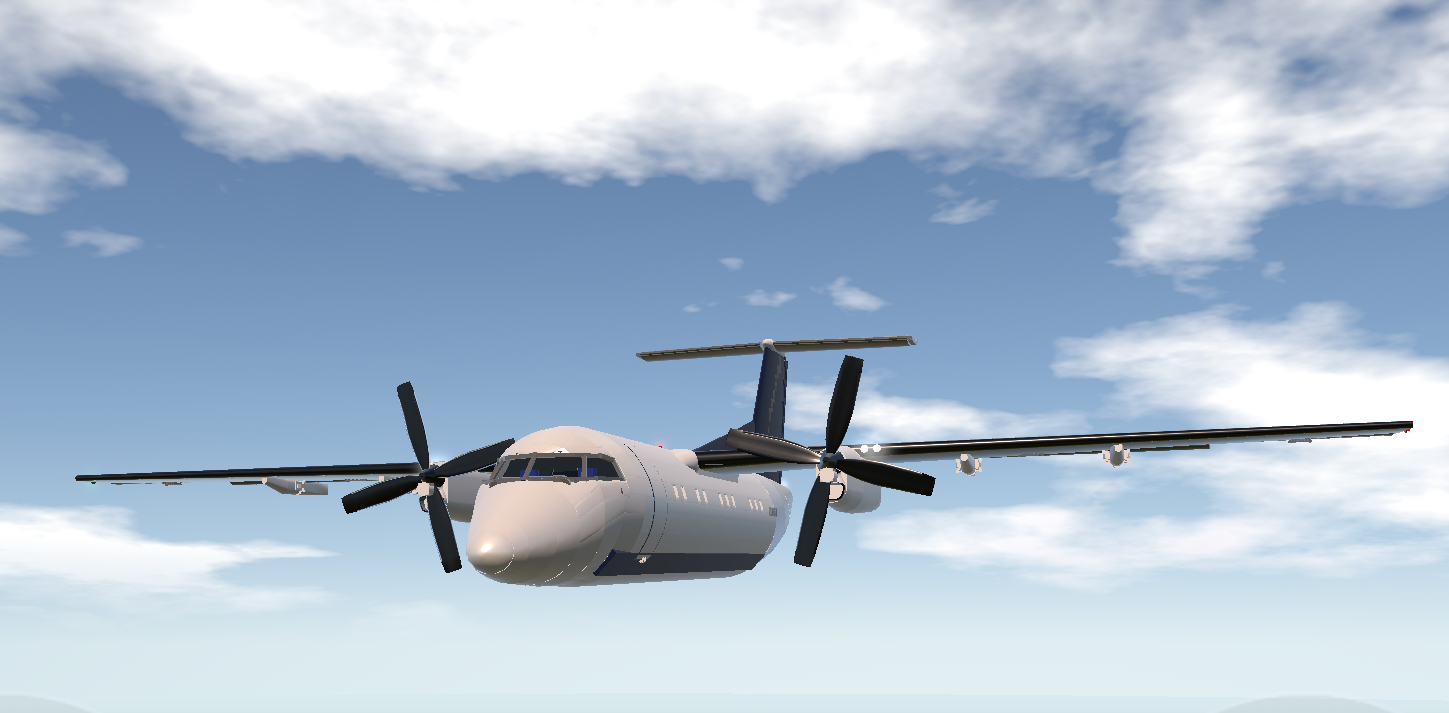
Specifications
General Characteristics
- Predecessor Bombardier Dash-8 100 Qantas
- Successors 1 airplane(s)
- Created On iOS
- Wingspan 89.8ft (27.4m)
- Length 74.7ft (22.8m)
- Height 24.5ft (7.5m)
- Empty Weight 32,448lbs (14,718kg)
- Loaded Weight 40,196lbs (18,233kg)
Performance
- Horse Power/Weight Ratio 0.149
- Wing Loading 32.0lbs/ft2 (156.4kg/m2)
- Wing Area 1,254.9ft2 (116.6m2)
- Drag Points 20635
Parts
- Number of Parts 705
- Control Surfaces 3
- Performance Cost 2,417

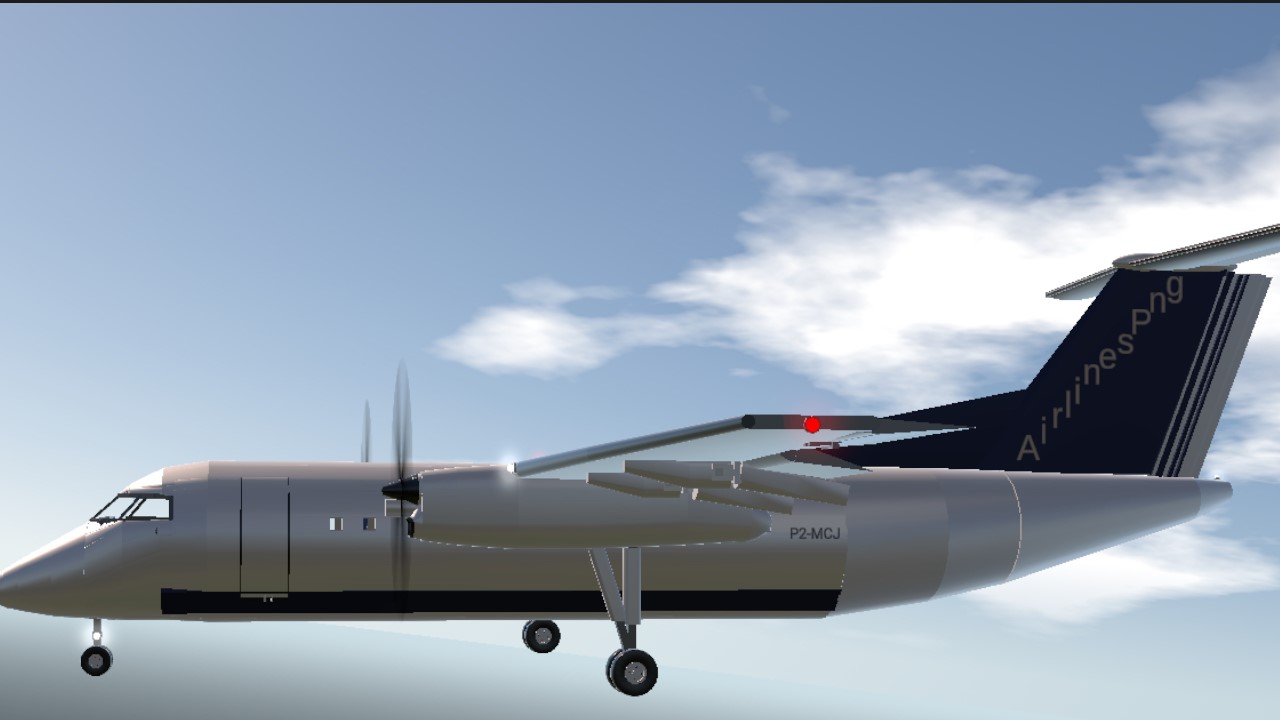
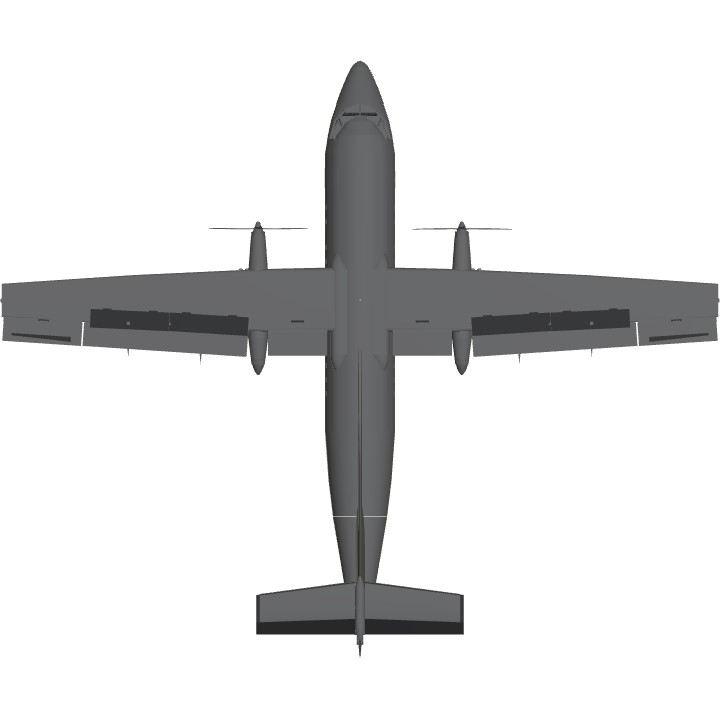
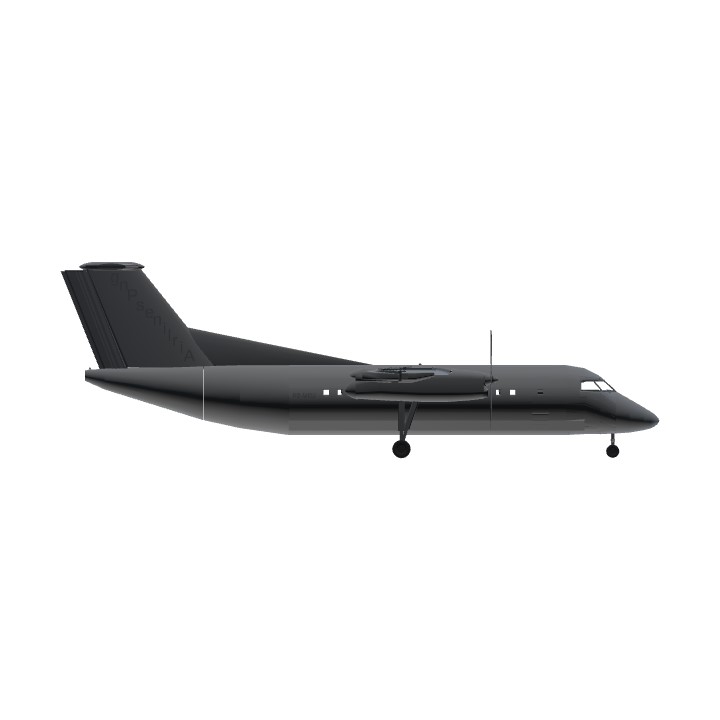
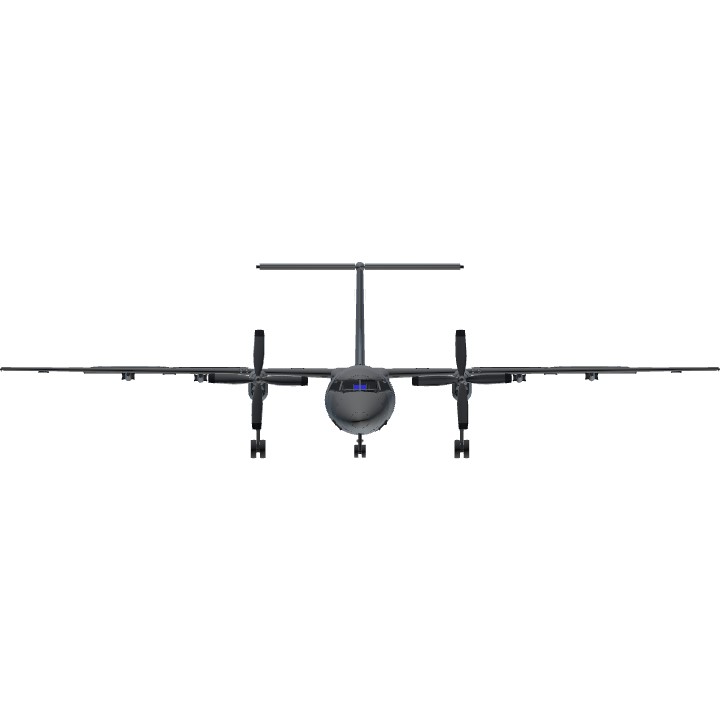
I'll give it a try@Pilothasya137
make a cathay 780
对啊 @whwh2011
空浩 s23!